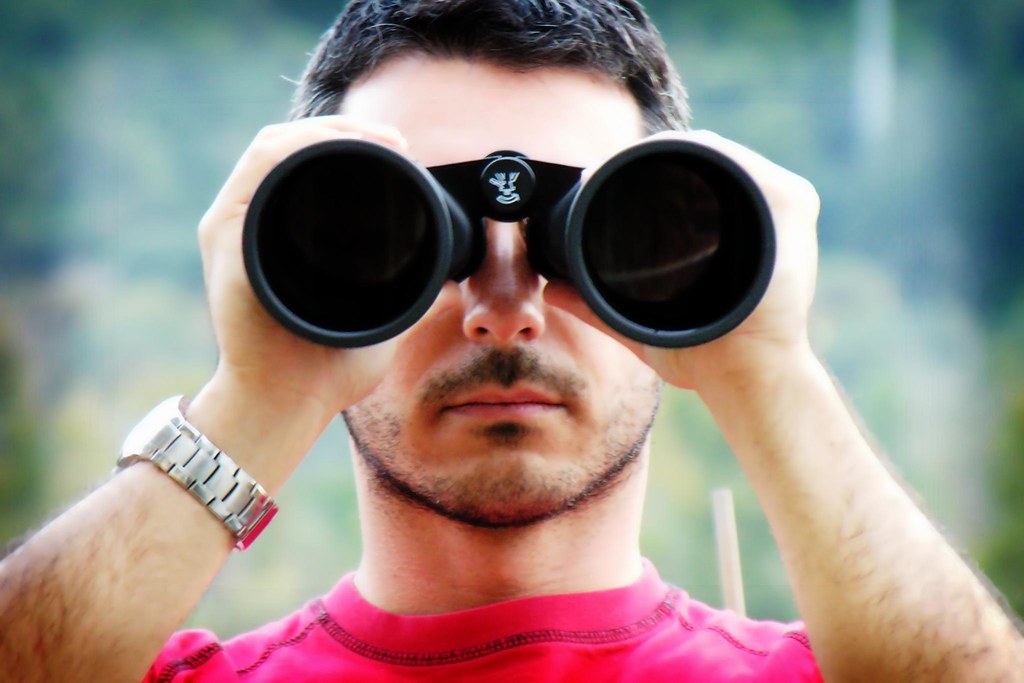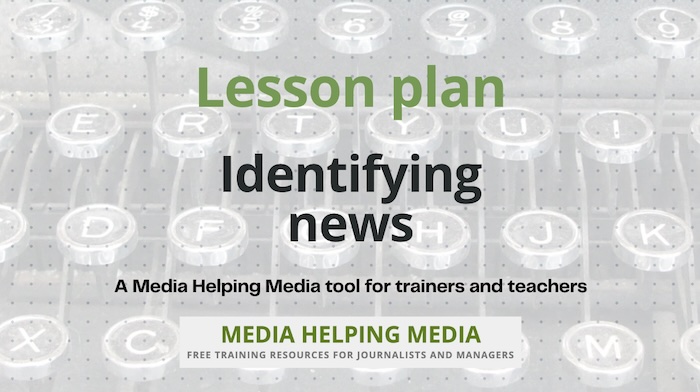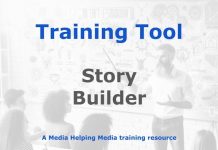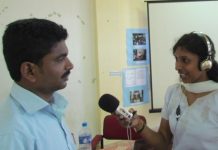
What are the telltale signs that distinguish fact from fiction? How do you know when you are on the right track? The following are some suggestions for helping you ensure that you spot real news stories and dig out important facts.
Is it interesting?
This is perhaps the most important criterion. If it’s not interesting, why tell it? Your story should make the viewer, listener or reader stop in their tracks, look up from their breakfast, and want to tell the story to someone else. A good test is if one of your colleagues says “so what?” – if you can’t answer that question, then it might not be quite the story you thought it was.
Did you know about it before?
If you consume news voraciously – and you should – you’ll know if your story is fresh and original. A colleague in your newsroom might be able to help; there is often someone with a fantastic memory for every story that’s ever been done. If they haven’t heard the story before, the chances are it’s new. So don’t be afraid to ask around to find out whether anyone has any more information. You could end up with some important new angles to follow.
Does someone want to keep it quiet?
Once you’ve done all your preparatory research you will be ready to set up the interviews. However, you might find that the main interviewee avoids taking your calls, refuses to take part, or doesn’t answer your questions. If that’s the case it could be that the person at the centre of the story has something to fear or something to hide. Of course that is not proof that the story is true, nor is it proof you are on the right track. There could be many reasons the person wants to remain silent. However, it could indicate that there are issues that you need to investigate further.
How many people will it affect?
It might be the greatest story in the world, but it may affect only one person. That would not rule out telling the story, but the more people your story affects, the more likely it is to be of interest to your audience. And even if it affects only one person, your job is to think through and explain whether it could, or does, have any wider significance. There are usually other people in a similar situation who might benefit from your research and fact-finding.
Is the story difficult to tell?
A good rule of thumb, based on the hundreds of stories I have covered in my time, is that the more difficult the story is to tell, the more likely it is to be a great story. If it were easy to tell, the chances are that someone else will have already done so. This also underlines the importance of not giving up too easily. When covering an important story you might get to the point where you feel like giving up. Don’t. It’s okay to walk away from it for some time, but try to figure out why it’s proving difficult, because that blockage might be the nub of the story.
Does the story make sense?
The more incredible the story and the more removed from reality as you know it, the more likely the story you have is simply not true. That does not mean that such stories are not out there, it just means that you must be extremely sure of your facts before you publish or broadcast. Often the best stories are simply the missing piece of a jigsaw puzzle – they make sense of what was already known before.
Are others likely to follow up your story?
If it’s a really great piece of original journalism, your competitors will follow up with their own take on the story. If it’s an outstanding piece of journalism, politicians, campaigners, decision-makers, and those with an interest in the issue, will do something. This is why you should always have your own follow up plan. If, once your story breaks, others follow your lead, then you need to be ahead of the game again. Jotting down a few follow-up angles is always a good idea (see next point).
Will there be related stories?
A really good story will have at least three related stories for you to chase. You have a head start on your competitors, so you should be anticipating where the story will go even before it is published or broadcast. However, when your story breaks, they, too, will be looking for that fresh angle to follow so that they take ownership of the story. You need to be ahead of them. When carrying out your initial fact-finding, write down a story plan with ideas of how it could develop and who the other characters in the story might be. Find those people, talk to them, gather more exclusive material, and develop new angles. Your job is to keep the momentum going.
Will anything change as a result of your story?
If you tell your story, will anything be different? Will other people’s lives improve or get worse? If they improve, that’s a good sign. If they are likely to get worse for many people, think again about whether to publish or broadcast it. This is all part of the public interest test, which can help you decide the strength and validity of your story.
Will you still be able to approach your contacts?
When you tell the story, will you still be able to look your contacts in the eye, and will they still talk to you? A controversial story told well and fairly will earn you respect. A controversial story told badly and unfairly will make it harder for you to work as a journalist. This doesn’t mean you should compromise or water down your material. But it does mean that you need to be fair, honest, objective, impartial and accurate in all you do. See the training modules in our editorial ethics section.
By Jaldeep Katwala
Sniffing out news
We have several articles on Media Helping Media which focus on the skills needed to spot a news story. Below are the main points taken from those pieces.
1. Understanding the core elements of a news story:
Before hunting for stories, it’s crucial to understand what makes something newsworthy. The main elements include:
- Impact: Does the story affect a significant number of people? The greater the impact, the stronger the news value.
- Timeliness: Is the story recent or unfolding now? News is about what’s happening now.
- Prominence: Does the story involve well-known individuals or organisations? The involvement of prominent figures increases interest.
- Proximity: How close is the story to the audience geographically or emotionally? Local stories often resonate more strongly.
- Unusualness: Is the story out of the ordinary, unexpected, or surprising? Novelty captures attention.
- Conflict: Does the story involve disagreement, tension, or rivalry? Conflict creates drama and intrigue.
2. Cultivating a news-gathering mindset:
Spotting stories isn’t a passive activity. It requires a proactive and curious approach.
- Read Widely and diversely: Consume news from various sources – local, national, and international. Don’t limit yourself to your usual outlets. Explore niche publications and online forums.
- Be observant: Pay attention to your surroundings. Listen to conversations, observe community events, and notice changes in your environment. Everyday life can be a source of inspiration.
- Talk to people: Engage with members of your community. Strike up conversations, attend local meetings, and build relationships with sources. People often hold valuable information.
- Follow trends: Keep an eye on emerging trends in society, technology, and culture. These trends can often lead to larger stories.
- Develop a nose for news: This comes with experience. Practice identifying the core elements of news in stories you read and watch. Ask yourself: “Why is this newsworthy?”
3. Where to look for stories:
Here are some places where you will find news:
- Official sources: Government agencies, businesses, and non-profit organisations often release news (press) releases and announcements that can be the starting point for a story.
- Public records: Accessing public records, such as court documents or financial reports, can uncover hidden stories and provide crucial details.
- Social media: Social media platforms can be a valuable source of information, but be sure to verify information before reporting it.
- Community events: Local festivals, meetings, and protests can provide insights into community issues and generate story ideas.
- Tips and leads: Cultivate relationships with sources who can provide you with tips and leads. Encourage people to contact you with information.
- Your own experience: Sometimes, your own experiences and observations can lead to compelling stories.
4. Refining your story idea:
Once you have a potential story idea, it’s essential to refine it.
- Ask the right questions: What is the central point of the story? Who are the main characters? What is the likely impact of the story?
- Research and verify: Gather as much information as possible to support your story. Verify all facts and sources before reporting them.
- Consider the angle: How can you present the story in a way that is engaging and informative for your audience? Is there a unique angle you can explore? – see our lesson plan on how to develop news angles.
5. The Importance of ethical considerations:
Journalists have a responsibility to report the news ethically and responsibly – check the articles in our ethics section.
- Accuracy: Ensure that all information is accurate and verified.
- Fairness: Present all sides of the story fairly and impartially.
- Objectivity: Strive to be objective in your reporting and avoid bias – see our lesson plan on avoiding bias.
- Transparency: Be transparent about your sources and methods.
As explained by Jaldeep Katwala in the article at the top of this page, spotting a news story is a skill that develops over time with practice and dedication.
By understanding the core elements of news, cultivating a news-gathering mindset, and utilising the resources available, journalists can effectively identify and report on the stories that matter.
Often the best stories are hidden in plain sight, waiting to be uncovered by a curious and persistent journalist. That journalist might be you.
Lesson plan for trainers
If you are a trainer of journalists we have a free lesson plan: Identifying news which you are welcome to download and adapt for your own purposes.









